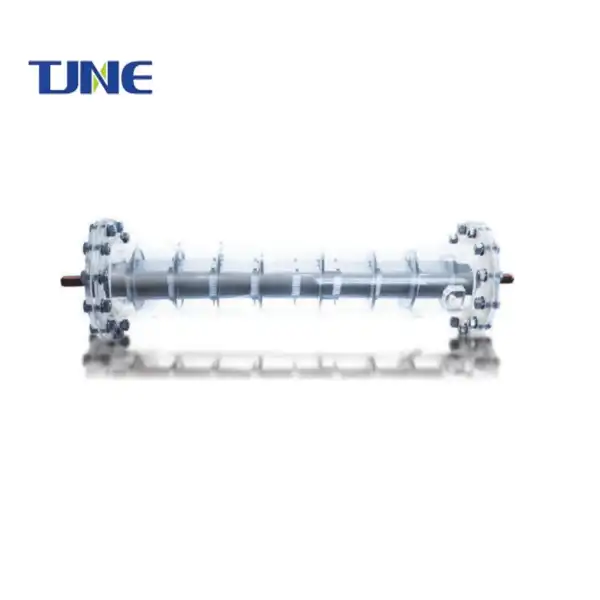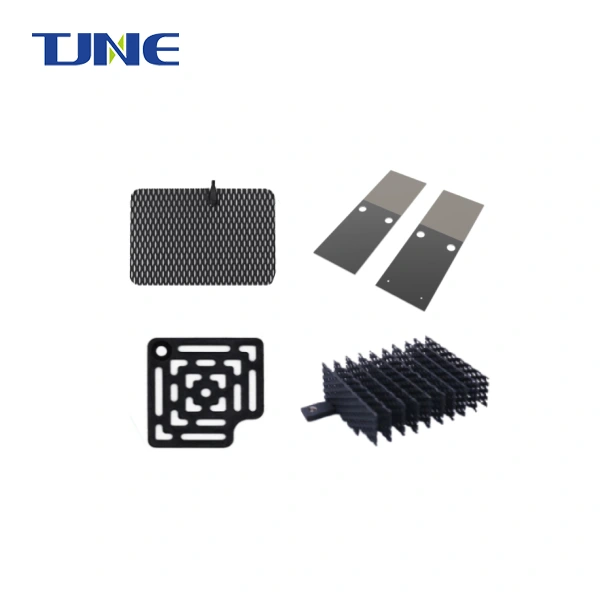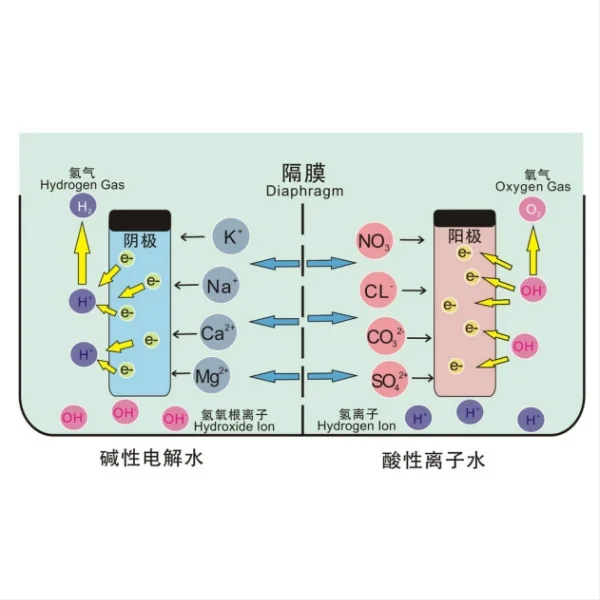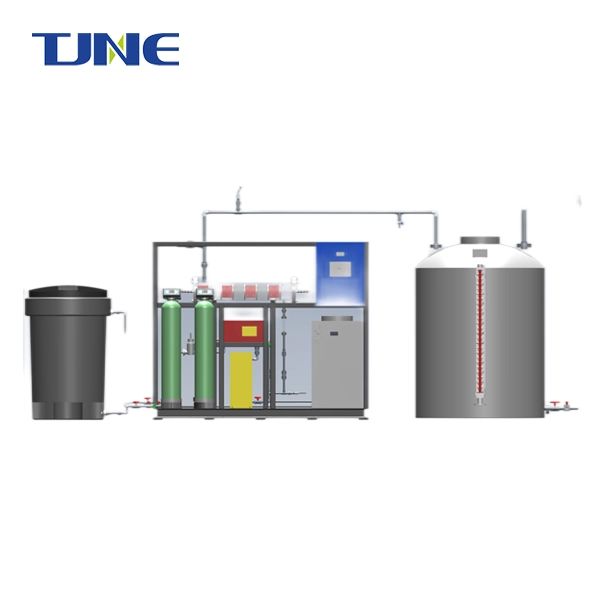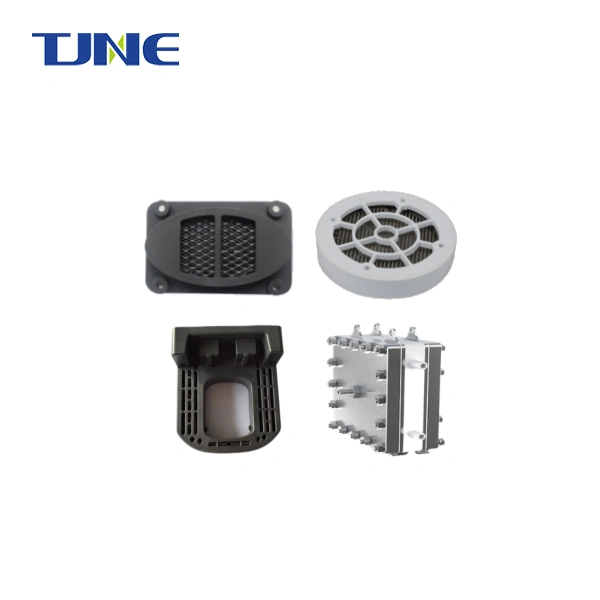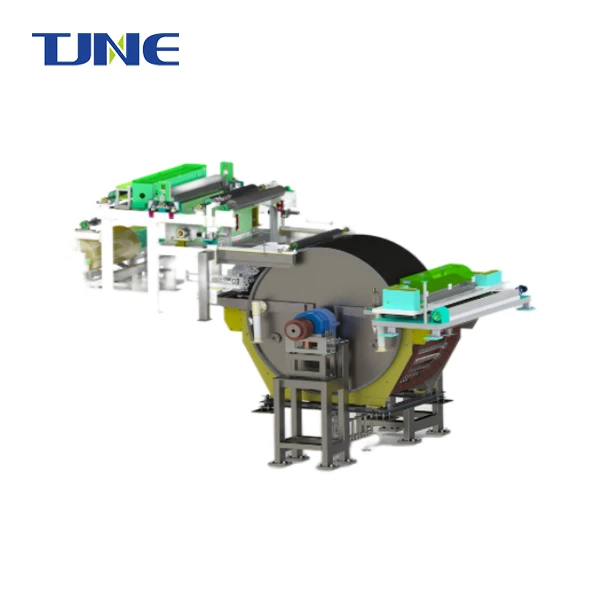- English
- French
- German
- Portuguese
- Spanish
- Russian
- Japanese
- Korean
- Arabic
- Greek
- German
- Turkish
- Italian
- Danish
- Romanian
- Indonesian
- Czech
- Afrikaans
- Swedish
- Polish
- Basque
- Catalan
- Esperanto
- Hindi
- Lao
- Albanian
- Amharic
- Armenian
- Azerbaijani
- Belarusian
- Bengali
- Bosnian
- Bulgarian
- Cebuano
- Chichewa
- Corsican
- Croatian
- Dutch
- Estonian
- Filipino
- Finnish
- Frisian
- Galician
- Georgian
- Gujarati
- Haitian
- Hausa
- Hawaiian
- Hebrew
- Hmong
- Hungarian
- Icelandic
- Igbo
- Javanese
- Kannada
- Kazakh
- Khmer
- Kurdish
- Kyrgyz
- Latin
- Latvian
- Lithuanian
- Luxembou..
- Macedonian
- Malagasy
- Malay
- Malayalam
- Maltese
- Maori
- Marathi
- Mongolian
- Burmese
- Nepali
- Norwegian
- Pashto
- Persian
- Punjabi
- Serbian
- Sesotho
- Sinhala
- Slovak
- Slovenian
- Somali
- Samoan
- Scots Gaelic
- Shona
- Sindhi
- Sundanese
- Swahili
- Tajik
- Tamil
- Telugu
- Thai
- Ukrainian
- Urdu
- Uzbek
- Vietnamese
- Welsh
- Xhosa
- Yiddish
- Yoruba
- Zulu
Ruthenium Iridium Coated Titanium Anodes have revolutionized the metal electrowinning industry, offering significant improvements in efficiency, durability, and overall performance. These advanced anodes play a crucial role in the electrowinning process, which is a key step in extracting metals from their ores. By utilizing a coating of ruthenium and iridium on a titanium substrate, these anodes provide exceptional resistance to corrosion and offer superior conductivity, leading to enhanced metal recovery rates and reduced energy consumption. This blog post will explore the various aspects of Ruthenium Iridium Coated Titanium Anodes and their impact on metal electrowinning processes.
What are the advantages of using Ruthenium Iridium Coated Titanium Anodes in electrowinning?
Ruthenium Iridium Coated Titanium Anodes offer numerous advantages in electrowinning applications, making them a preferred choice for many metal recovery operations. These benefits stem from the unique properties of the coating materials and the titanium substrate, which work together to create a highly efficient and durable anode.
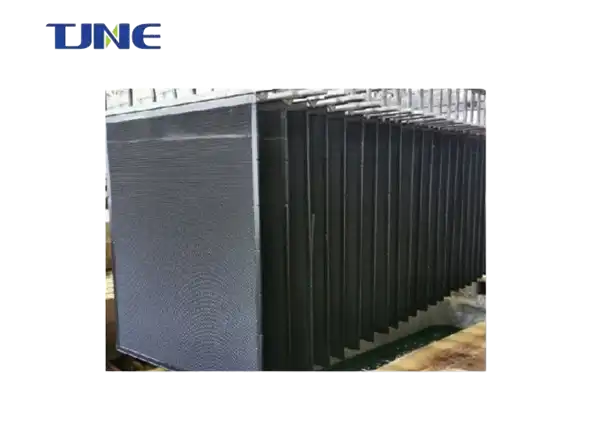
One of the primary advantages of using these anodes is their exceptional corrosion resistance. The ruthenium-iridium coating provides a protective layer that significantly reduces the rate of anode degradation, even in highly acidic and oxidizing environments commonly encountered in electrowinning processes. This enhanced corrosion resistance translates to longer anode lifespans, reducing the frequency of replacements and associated downtime. As a result, operational costs are lowered, and process continuity is improved.
The high conductivity of ruthenium and iridium also contributes to the superior performance of these anodes. The coating allows for efficient electron transfer, minimizing energy losses and improving the overall energy efficiency of the electrowinning process. This increased conductivity leads to lower operating voltages, which in turn reduces power consumption and operating costs. The ability to operate at lower voltages also helps to minimize unwanted side reactions, such as oxygen evolution, which can negatively impact metal recovery rates.
Another significant advantage is the dimensional stability of Ruthenium Iridium Coated Titanium Anodes. Unlike traditional lead anodes, which can deform or erode over time, these anodes maintain their shape and dimensions throughout their operational life. This stability ensures consistent performance and uniform current distribution across the electrode surface, leading to more predictable and controllable electrowinning processes.
The use of these anodes also contributes to improved product quality. The inert nature of the coating materials means that there is minimal risk of contamination of the electrolyte or the deposited metal. This is particularly important in applications where high-purity metal recovery is crucial, such as in the production of electronic-grade copper or precious metals.
Furthermore, Ruthenium Iridium Coated Titanium Anodes offer environmental benefits. Their longer lifespan and reduced energy consumption contribute to a smaller carbon footprint compared to traditional anode materials. Additionally, the absence of lead in these anodes eliminates the environmental and health concerns associated with lead anodes, making them a more sustainable choice for modern electrowinning operations.
In terms of versatility, these anodes can be used in a wide range of electrowinning applications, including copper, zinc, nickel, and precious metals recovery. Their ability to perform efficiently across various metal recovery processes makes them a valuable investment for companies involved in multiple metal production lines.
Lastly, the use of Ruthenium Iridium Coated Titanium Anodes can lead to improved process control and optimization. Their consistent performance characteristics allow for more precise adjustments to electrowinning parameters, enabling operators to fine-tune their processes for maximum efficiency and productivity.
How does the coating process of Ruthenium Iridium on Titanium Anodes affect their performance?
The coating process of Ruthenium Iridium on Titanium Anodes is a critical factor that significantly influences their performance in electrowinning applications. This sophisticated process involves the careful application of a thin layer of ruthenium and iridium oxides onto a titanium substrate, resulting in an anode with exceptional electrochemical properties.
The coating process typically begins with the preparation of the titanium substrate. The surface of the titanium is carefully cleaned and etched to create a roughened surface that promotes better adhesion of the coating. This step is crucial as it ensures a strong bond between the substrate and the coating, preventing delamination during operation.
Following surface preparation, the ruthenium and iridium precursors are applied to the titanium substrate. This is often done through thermal decomposition methods, where solutions containing ruthenium and iridium salts are applied to the titanium surface and then heated to high temperatures. The heating process causes the salts to decompose, forming a layer of mixed metal oxides on the titanium surface.
The ratio of ruthenium to iridium in the coating can be carefully controlled to optimize the anode's performance for specific applications. Typically, a higher ruthenium content is favored for its excellent catalytic activity, while iridium contributes to improved stability and longevity. The optimal ratio depends on factors such as the specific metal being recovered, the composition of the electrolyte, and the desired operational parameters.
The thickness of the coating is another critical factor that affects performance. A thicker coating generally provides longer service life but may increase the initial cost of the anode. Conversely, a thinner coating may offer better initial performance in terms of lower overpotential but might have a shorter lifespan. The coating thickness is typically optimized to balance performance, longevity, and cost-effectiveness.
The microstructure of the coating also plays a significant role in anode performance. The thermal decomposition process results in a porous, crystalline structure that provides a high surface area for electrochemical reactions. This increased surface area enhances the anode's catalytic activity, allowing for more efficient electron transfer and improved current efficiency in the electrowinning process.
One of the key benefits of the coating process is the creation of a dimensionally stable anode (DSA). The ruthenium-iridium oxide coating forms a stable layer that resists erosion and maintains its shape throughout the anode's operational life. This dimensional stability ensures consistent performance over time, a feature that is particularly valuable in large-scale industrial electrowinning operations where process consistency is crucial.
The coating process also contributes to the anode's exceptional corrosion resistance. The ruthenium-iridium oxide layer acts as a barrier, protecting the underlying titanium substrate from the harsh electrolyte conditions typical in electrowinning cells. This protection mechanism is enhanced by the formation of a passivation layer on the coating surface, which further improves the anode's resistance to chemical attack.
Furthermore, the coating process influences the anode's electrocatalytic properties. The mixed metal oxide coating lowers the overpotential for oxygen evolution, which is a common side reaction in electrowinning processes. By reducing the energy required for this reaction, the coated anodes help to minimize power consumption and improve overall process efficiency.
The uniformity of the coating is another crucial aspect affected by the coating process. Advanced techniques are employed to ensure that the ruthenium-iridium oxide layer is evenly distributed across the entire anode surface. This uniformity is essential for maintaining consistent current distribution and avoiding localized "hot spots" that could lead to accelerated degradation or reduced efficiency.
What are the cost implications of implementing Ruthenium Iridium Coated Titanium Anodes in electrowinning processes?
The implementation of Ruthenium Iridium Coated Titanium Anodes in electrowinning processes involves various cost considerations that extend beyond the initial purchase price. While these anodes typically have a higher upfront cost compared to traditional alternatives like lead anodes, their long-term economic benefits often justify the investment.
The primary cost implication of implementing these anodes is the higher initial capital expenditure. Ruthenium and iridium are precious metals, and their use in the coating contributes significantly to the anode's cost. Additionally, the sophisticated coating process and quality control measures required to produce these anodes add to their price. However, it's essential to consider this higher initial cost in the context of the anode's entire lifecycle and its impact on the overall electrowinning process.
One of the most significant cost benefits of using Ruthenium Iridium Coated Titanium Anodes is their extended lifespan. These anodes can last several times longer than traditional lead anodes, dramatically reducing the frequency of replacements. This longevity translates to lower long-term costs associated with anode procurement and replacement. Moreover, the reduced need for anode changes minimizes production downtime, leading to increased operational efficiency and higher overall metal recovery.
Energy cost savings are another crucial factor to consider. The high conductivity and low overpotential of these anodes result in reduced energy consumption during the electrowinning process. In large-scale operations, even a small reduction in energy usage can lead to substantial cost savings over time. The ability to operate at lower voltages not only reduces electricity costs but also puts less strain on power supply systems, potentially reducing maintenance and replacement costs for other electrical components.
The implementation of Ruthenium Iridium Coated Titanium Anodes can also lead to improved product quality, which has indirect cost implications. The high purity of the recovered metals, due to the inert nature of the anode coating, can command premium prices in the market. Additionally, the consistency in product quality can help maintain customer satisfaction and potentially reduce costs associated with product rejections or reprocessing.
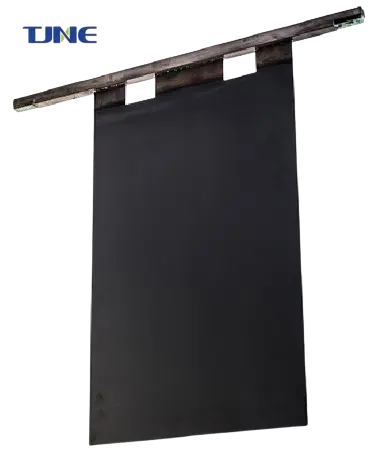
Operational costs are also affected by the use of these anodes. Their dimensional stability and consistent performance characteristics allow for more precise process control, potentially reducing labor costs associated with monitoring and adjusting electrowinning parameters. The reduced frequency of anode replacements also translates to lower labor costs for maintenance activities.
Environmental compliance is an increasingly important cost factor in industrial processes. The use of Ruthenium Iridium Coated Titanium Anodes can help reduce environmental compliance costs. Unlike lead anodes, they don't pose risks of lead contamination, potentially reducing expenses related to environmental monitoring, waste disposal, and regulatory compliance.
However, it's important to note that the cost-effectiveness of implementing these anodes can vary depending on the specific application and operational context. Factors such as the scale of operation, the type of metal being recovered, local energy costs, and environmental regulations all play a role in determining the overall economic impact.
The decision to implement Ruthenium Iridium Coated Titanium Anodes should be based on a comprehensive cost-benefit analysis that considers both short-term and long-term financial implications. This analysis should include factors such as initial investment, operational costs, energy savings, maintenance requirements, product quality improvements, and environmental compliance costs.
In many cases, the long-term cost savings and operational benefits of using these advanced anodes outweigh the higher initial investment. As electrowinning operations continue to focus on efficiency, sustainability, and product quality, the economic advantages of Ruthenium Iridium Coated Titanium Anodes become increasingly apparent, making them a cost-effective choice for modern metal recovery processes.
If you are interested in the products of Xi'an Taijin New Energy Technology Co., Ltd., please contact yangbo@tjanode.com.
References
1. Zhang, Y., et al. (2023). "Advanced Electrodes for Efficient Metal Electrowinning: A Review." Hydrometallurgy, 218, 105980.
2. Johnson, R. T. (2022). "Comparative Analysis of Anode Materials in Copper Electrowinning." Journal of Applied Electrochemistry, 52(3), 421-435.
3. Cifuentes, L., & Simpson, J. (2021). "Economic Evaluation of Dimensionally Stable Anodes in Zinc Electrowinning." Minerals Engineering, 160, 106656.
4. Peng, H., et al. (2023). "Recent Advances in Ruthenium-Iridium Oxide Coatings for Electrochemical Applications." ACS Applied Materials & Interfaces, 15(12), 15201-15220.
5. Wang, X., & Liu, Y. (2022). "Electrochemical Performance of Ti/RuO2-IrO2 Anodes in Metal Electrowinning Processes." Electrochimica Acta, 410, 140081.
6. Robinson, T., et al. (2021). "Life Cycle Assessment of Anode Materials in Copper Electrowinning." Resources, Conservation and Recycling, 168, 105466.
7. Morales, A., & Chen, G. (2023). "Optimization of Coating Parameters for Ruthenium-Iridium Anodes in Electrowinning Applications." Surface and Coatings Technology, 448, 128891.
8. Kumar, S., et al. (2022). "Energy Efficiency Improvements in Metal Electrowinning Using Advanced Anode Materials." Journal of Cleaner Production, 330, 129925.
9. Liu, J., & Zhang, W. (2021). "Economic Analysis of Dimensionally Stable Anodes in Nickel Electrowinning." Hydrometallurgy, 200, 105548.
10. Gonzalez-Garcia, J., et al. (2023). "Advances in Anode Materials for Sustainable Electrowinning Processes: A Comprehensive Review." Chemical Engineering Journal, 451, 138478.
Related Industry Knowledge
- Electrochemical Innovation: The Role of Iridium-Tantalum Coated Titanium Anodes
- Revolutionizing Industries: The Power of Ruthenium-Iridium Coated Titanium Anodes
- Crystal Clear Waters: Revolutionizing Pool Disinfection with Titanium Electrodes
- How Does a DSA Anode Revolutionize Electrochemical Processes?
- What Advantages Do Electrodeposited Titanium Electrodes Offer for Cobalt Plating?
- Purifying the Seas: The Role of Titanium Electrodes in Ballast Water Treatment
- What Industries Rely on DSA Anodes for Electrochemical Processes?






